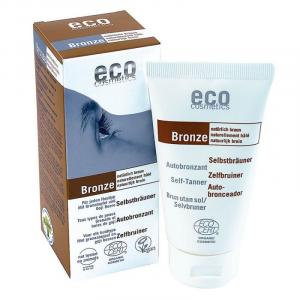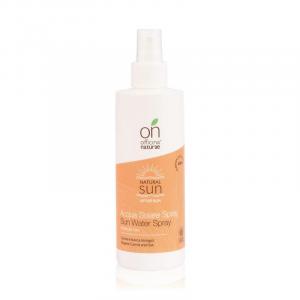Erythrulose
Other names: 1,3,4-trihydroxybutan-2-one
Harm score: 2 (Derivatives of natural substances)
Erythrulose is an organic compound that is sweeter than sucrose and has a very low glycaemic index. It is also referred to as 1,3,4-trihydroxybutan-2-one and is very similar to the sugar erythritol. These two sugars have similar sweet tastes, but erythrulose has less energy value and is less sweet. Erythrulose is naturally present in raspberries, kiwis and some other varieties of fruits and vegetables, but it can also be synthesized for use in the food and cosmetic industries.
Although erythrulose itself is not often used as a sweetener, it is an important component of some low-calorie sweeteners on the market. The low calorie content and reduced glycaemic index of erythrulose make these sweeteners a suitable source of sweetness for diabetics and overweight or obese people. Erythrulose is also often used in the cosmetic industry, for example in self-tanning creams. This is because it combines with amino acids on the skin, creating a tan effect on the skin. It is a less aggressive alternative to traditional self-tanning creams, which often contain dihydroxyacetone, a compound that can cause skin irritation and dryness.
Erythrulose can be found in the following products

Self-tanning lotion BIO (75 ml)
Product detail